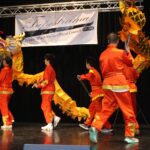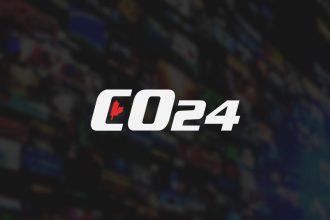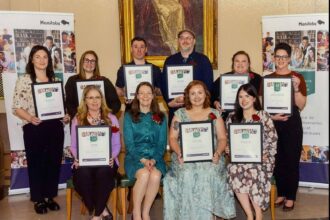In the remote community of Fort Simpson, Northwest Territories, high school students face a curriculum constraint that has parents increasingly concerned: a significant shortage of elective courses that limits educational opportunities and future career paths. This growing issue at Líídlįį Kųę́ Regional High School has sparked a grassroots movement among parents determined to expand academic horizons for their children.
“Our children deserve the same educational opportunities as students in larger centers,” says Sheila Norwegian, mother of a Grade 11 student who has been vocal about the limitations. “When students only have access to a handful of electives, we’re essentially narrowing their future possibilities before they’ve even had a chance to explore them.”
The current situation leaves many students with minimal choices beyond core academic requirements. While schools in Yellowknife and other larger Canadian communities typically offer dozens of elective options ranging from automotive technology to psychology, Fort Simpson students must select from a significantly reduced menu of courses. This disparity reflects a broader challenge facing remote northern communities where educational resources are stretched thin.
According to data from the NWT Department of Education, Culture and Employment, schools in communities with populations under 1,000 offer an average of 65% fewer elective courses than their urban counterparts. This statistical reality translates to tangible limitations for students’ academic exploration and career preparation.
Principal Rebecca Deadman acknowledges the challenge but points to logistical constraints. “We’re working with limited staffing, specialized equipment needs, and smaller class sizes that make offering a wide range of electives particularly difficult,” she explains. “Each teacher can only specialize in so many subject areas.”
The parent coalition has presented a formal proposal to the Dehcho Divisional Education Council requesting at least four additional electives by next fall, focusing on technology, trades, fine arts, and business studies. They’ve identified potential community partnerships with local businesses and tradespeople who could supplement regular instruction.
This situation mirrors challenges in small communities across Canada, where educational equity remains an ongoing struggle despite technological advances that could theoretically bridge these gaps. Distance learning options exist but often lack the hands-on components essential for many elective subjects.
“We’re not just talking about extra courses—we’re talking about foundational experiences that shape career trajectories,” notes Norwegian. “My son wants to explore engineering, but without physics and advanced math electives, that path becomes much steeper.”
Education specialists point out that electives serve critical functions beyond academic enrichment. They provide opportunities for students to discover passions, develop specialized skills, and build confidence in areas outside traditional academic subjects—all particularly important in communities where post-secondary enrollment rates lag behind national averages.
The parent coalition has organized a community forum for next month to discuss potential solutions, including virtual learning partnerships with larger schools, rotating specialist teachers between communities, and seeking additional territorial funding earmarked specifically for elective program development.
As this northern community navigates the complex intersection of educational equity, resource limitations, and student needs, the question remains: How can Canada’s education system ensure that a student’s postal code doesn’t determine the breadth of their educational opportunities and, by extension, their future possibilities?










